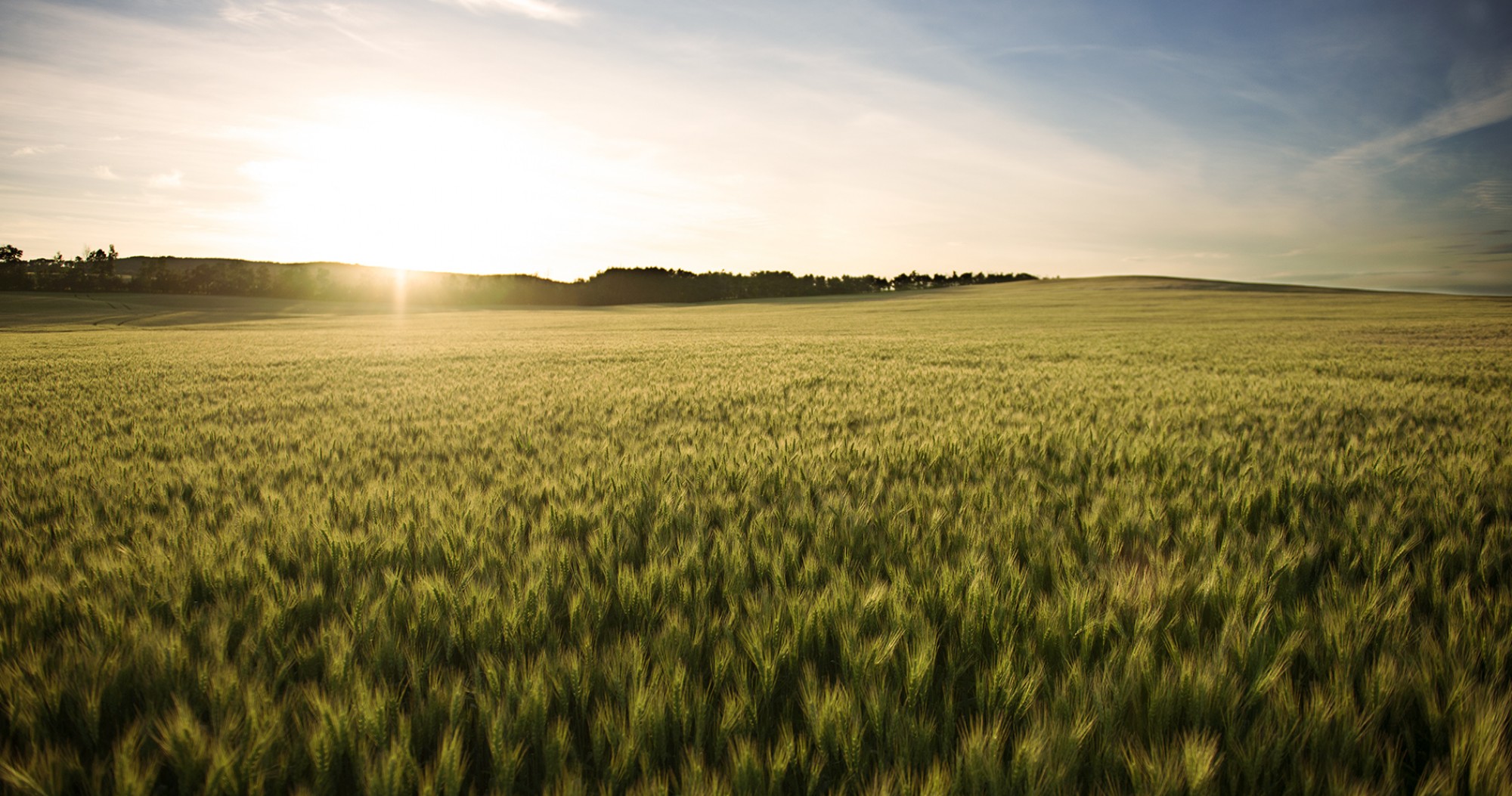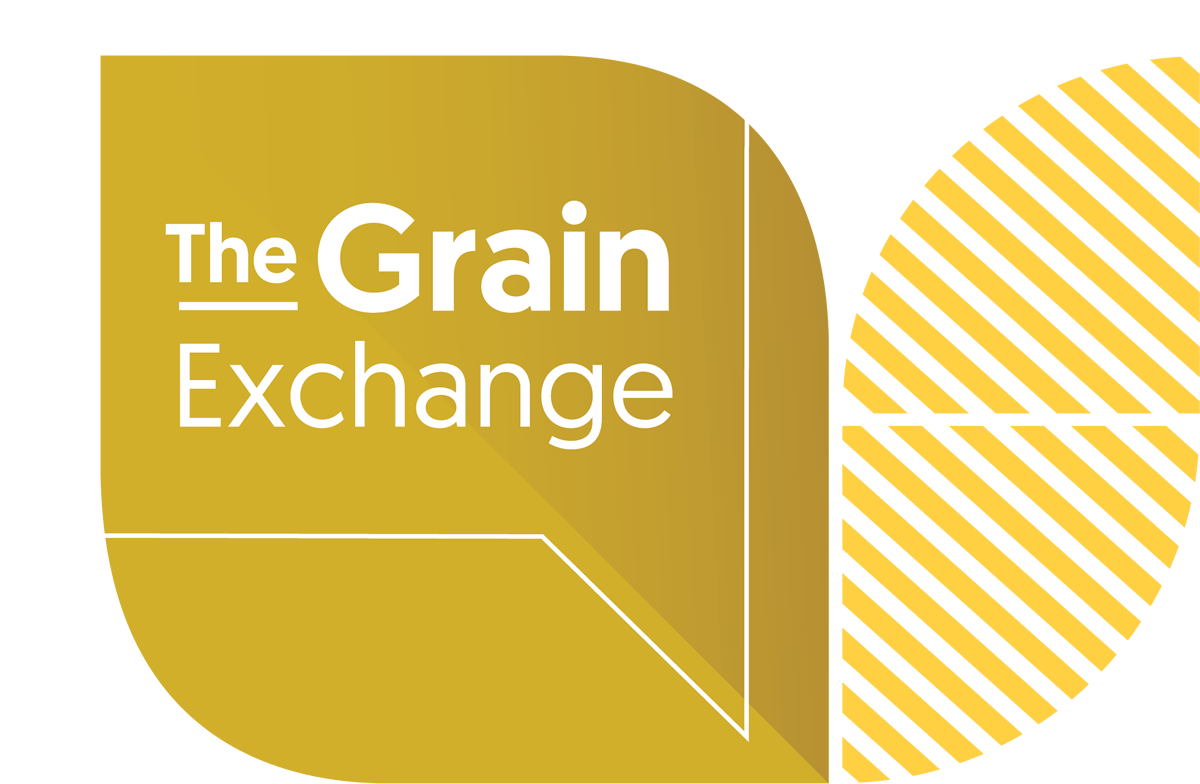Invasive species, pests, and predators? — Alberta's not-so-little wild pig problem
In the 1980s wild boar were introduced to Alberta to diversify agriculture. Now, eradication efforts are underway to save land and livelihoods.
Wild boar were considered a hardy and valuable commodity when brought to Alberta farms in the 1980s. And had they been effectively contained, the focus might have been a little less ominous than it is today.
For over 14 years, Dr. Ryan Brook has taken a leading role in western Canadian wild pig research at the University of Saskatchewan. “The terminology ‘wild pigs’ opposed to ‘boars’, is more accurate,” says Brook, “as many of today’s pigs at-large are hybrid” — interbred with livestock and even the pot-bellied pigs more standard place at a petting zoo than a typical pork operation.
The first known sighting of a wild pig-at-large in Western Canada occurred in 1985. It is estimated that thousands of wild pigs now inhabit at least 28 municipalities in Alberta, although exact population numbers are unknown. Wild pigs have an even larger grip on Saskatchewan and Manitoba, that when including Alberta form Canada’s Prairie region.
Industry groups, researchers and the provincial government are raising the alarm. Wild pigs pose significant risks to people that live and breathe rural industry and agriculture, including disease, crop damage, erosion, watershed contamination, harassment, and predation on goats, sheep, cattle, or native wildlife.
Following a 2014 pilot project, Alberta Pork, Alberta Invasive Species Council, and Alberta Agriculture and Irrigation adopted the Squeal on Pigs campaign to provide rural landowners and farmers with actions to take if pigs at large are suspected in their area.
Through the program, a team of human and canine detection experts investigate wild pig activity and set up traps to capture and eradicate wild pigs in the province. A total of 12 traps are available in Alberta, including a few loaned out under at-risk municipalities. But capturing wild pigs, as it turns out, is not a simple task. Pigs at large become easily spooked by human activity and are masters at evasion.
According to Brook, human activities such as recreational hunting and trapping have counterintuitively contributed to the rapid expansion of wild pigs across the Prairies. Wild pigs have proven resilient to pressures on their populations and will scatter if not entirely removed. With this research as a backing, Squeal on Pigs takes great care to capture entire herds, also known as “sounders”. “It is only once every pig from the sounder is contained that the gate to the trap closes,” says Charlotte Shipp, industry programs manager with Alberta Pork. “Sometimes it takes up to a few days or weeks to make sure the pigs are comfortable moving freely in and around the trap before the opportunity is there to capture the entire sounder.” Alberta Pork, responsible for the Squeal on Pigs program data and impact reporting, states that 119 pigs were trapped and removed from Alberta in 2022.
In a document1 published by Alberta Agriculture and Irrigation, research shows that an annual eradication rate of approximately 70 per cent of the population is needed to prevent population growth among wild pigs. A supporter and contributor of the Squeal on Pigs program, Brook says that the number of pigs trapped in Alberta is the tip of the iceberg, and more effort is needed by all stakeholders, particularly from the government, to control the spread. “Right now, less than 10 per cent of the population are trapped annually, and there needs to be a major increase in effort and priority by the government to slow or control wild pig populations,” says Brook.
A disconnect seemingly looms between research, industry, on-farm impacts, and the government, as bounty programs without supporting research returned after a pilot in 2014, alongside an open season on wild pigs in the province. Industry groups have been against the bounty program, says Shipp, but they have taken a small victory in trapping efforts having exclusive priority over the bounty programs in key areas of the province.
A lack of funding is another setback to eradication. Surprisingly, a significant portion of funding for the University of Saskatchewan Canadian Wild Pig Research Project comes from the U.S. Department of Agriculture. Despite the gaps, the agriculture industry has made significant investments to mitigate future impacts to agricultural producers and landowners. In 2022, Results Driven Agriculture Research announced funding for a study on wild pigs and the potential spread of infectious diseases, by another lead researcher, University of Calgary professor Dr. Matthieu Pruvot.
Landowners and farmers are encouraged to actively guard their farms against pigs at large. “To aid in efforts against the wild pigs, farmers can set up trail cameras on their property, do what they can to remove or fence off any available food sources such as spilled grain or unused haybales, and report any sightings or signs of damage,” says Brook.
Farmers should also be aware of the Wildlife Damage Compensation Fund, which recently added damage from wild boars to unharvested crops or feed under eligible claims. The Wildlife Damage Compensation Fund is administered by the Agriculture Financial Services Corporation and funded by the federal and provincial governments. Aside from a minimal appraisal fee, producers pay no cost for the program.
An equivalent program geared toward livestock producers, the Wildlife Predator Compensation Fund is maintained through the sale of hunting and fishing licenses in Alberta. However, it does not yet provide coverage for the loss of livestock by wild boar. In a statement provided to the Alberta Wheat and Barley Commissions, Alberta Agriculture and Irrigation said there are no plans to add wild boar to the list of eligible predators as they are not wildlife nor regulated under the Wildlife Act, but are agricultural pests, regulated under the Agricultural Pests Act.
Farmers can report signs of pigs-at-large to Squeal on Pigs by calling 310-FARM or emailing AF.wildboar@gov.ab.ca.
Reference:
1 Wild Boar at large : an invasive pest in Alberta [2020]. https://open.alberta.ca/publications/wild-boar-at-large-an-invasive-pest-in-alberta-2020#summary

